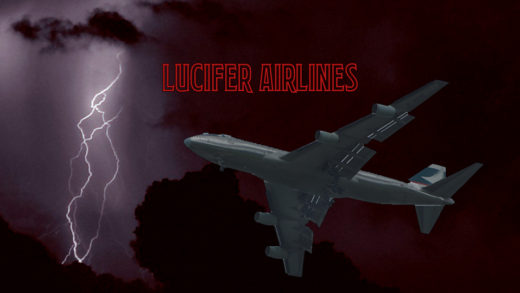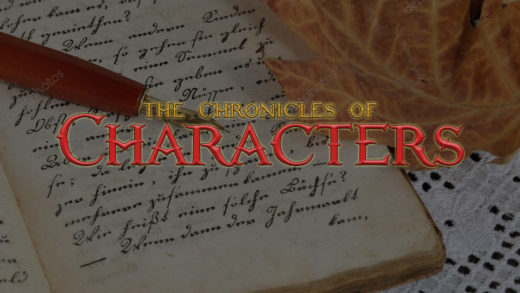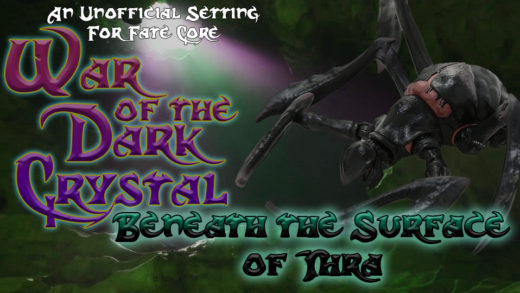
Maps and floor plans are an important component of tabletop gaming. They help give scale and definition to descriptions that can prove critical to everyone in the group understanding placement of people and objects for role-playing or tactics. While the deck plans of a starship or the floor plans of an office space can be useful, custom mapping is most often used in fantasy gaming or within gaming styles that employ “dungeon delving.” While custom maps can be still be created by pulling out a pencil, sharpener, and a sheaf of graph paper, there are also plenty of digital options for map making. In this post, I examine some of the available dungeon map software and sites (free and paid).
Campaign Cartographer 3
Campaign Cartographer 3 by ProFantasy is a full-featured map-maker package. The intent of this software is to be the “go to” software for all Game Master’s mapping needs and has tilesets for overworld, city, dungeon, and deck plans. The richness and depth provided comes with two costs: money and time. The base package sells for $39.95 with supplement tilesets, usage scenarios, and pre-designed maps costing $19.95-$39.95 each. The system is also CAD-based, so uses a lot of drafting concepts; this, plus a not-often intuitive UI, can be a bit of a learning curve. Once over those hurdles, this is probably the best overall mapping software available. If one is just looking to make dungeon maps, however, this may be overkill—and not in the “Grimtooth’s Traps” kind of way. That said, Campaign Cartographer 3 is the only mapping software in this list that also allows for both square and hex grids.
Dungeon Painter Studio
Dungeon Painter Studio is still in Early Access/Beta and is available for about $15 on Steam. It has an expected official release date of July 2017. The primary focus of the software is just as it says on the tin: painting out dungeons (and floor plans). That said, I’ve seen some creative folks use it to build overworld maps, as well. The basics of the program are pretty easy to learn and applying more advanced concepts (such as layer grouping and adding light sources or shadows) didn’t take me long to understand within the system. The layout of the editor is an oversized graph of squares and users have the option to stay within the lines (all my dungeons in my youth had 90º angles only) or turn off grid controls to draw freely. Dungeon Painter Studio also links in to Steam’s Workshop, allowing users to upload additional tilesets.
Dungeonographer & Hexographer
Dungeonographer and Hexographer are two programs by Inkwell Ideas. Dungeonographer has a strict focus on square grid dungeon design (though non-square shapes are allowed) and the latter program aims for overworld map design. Both programs have free versions with some limited features and the upgrade to the paid, or “Pro” version, cost $31.95 each at the time of this writing. The UI can be a bit un-intuitive and the software itself doesn’t have the presentation polish compared to the previously mentioned products, but Dungeonographer does have some unique features. Firstly, it offers a random dungeon creator for the GM in a hurry or who’s looking for general inspiration to build from. Secondly, a dungeon map can be toggled between line art, for map narration and party tracking, or “semi-realistic,” for use as a battlemap or floor plan for the players.
Gridmapper
Gridmapper is a web-based mapping software that uses the classic D&D map symbols. Users are best-suited to keep their hands on the keyboard, forgoing mouse for cursor placement as the site does not respond as expected to mouse clicks. In that, it takes some getting used to, especially as one learns how to navigate through the various hotkeys (especially using the curved wall tools). While I wouldn’t recommend Gridmapper to someone who makes custom maps often, the tool can be useful for short-term map needs.
Online Dungeon Randomizers
For the GM in a hurry, I found two online map-randomizers. Dave’s Mapper puts together a grid of connected images from different artists, like a set of dungeon tiles—not always to perfect effect, but the results can be interesting and/or usable. Donjon20 offers a selection of fields like Map Style (controlling the background color), Grid (square, hex, or vert-hex), or Corridors (labyrinth, errant, straight) and uses them put together a full dungeon map, complete with traps, random monsters, and room descriptions.
Others
In my research, I also looked at Ye Olde Mapmaker for iOS and Android, but not only were reviews mixed at best, it hadn’t been updated for two years. I also came across Pymapper, but it had conflicts with my version of Python.



Recent Comments